Got some mail going out today to a couple of fine folks in the #silvergoldstacker group 😃👍

I enjoy sending mail to people, and I'd enjoy receiving it too, but who tf uses actual mail!? I even send my kids postcards and I swear if one of them ever sent something back I'd likely go into shock ☠️😅
Anyhow, today let's take a look at a piece of a meteorite I was given as a thank you for being best man at a friends wedding.
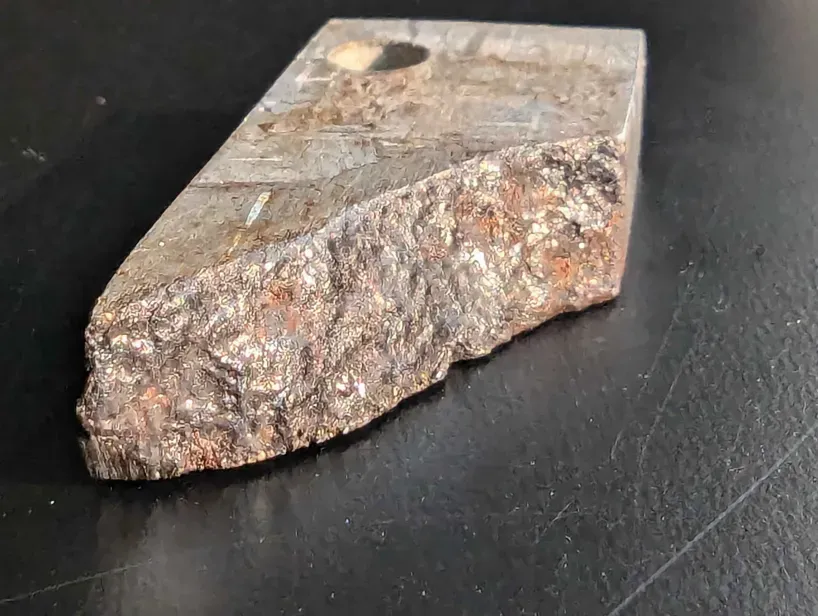
This little beauty is quite heavy for it's small size, here's a snap for scale.
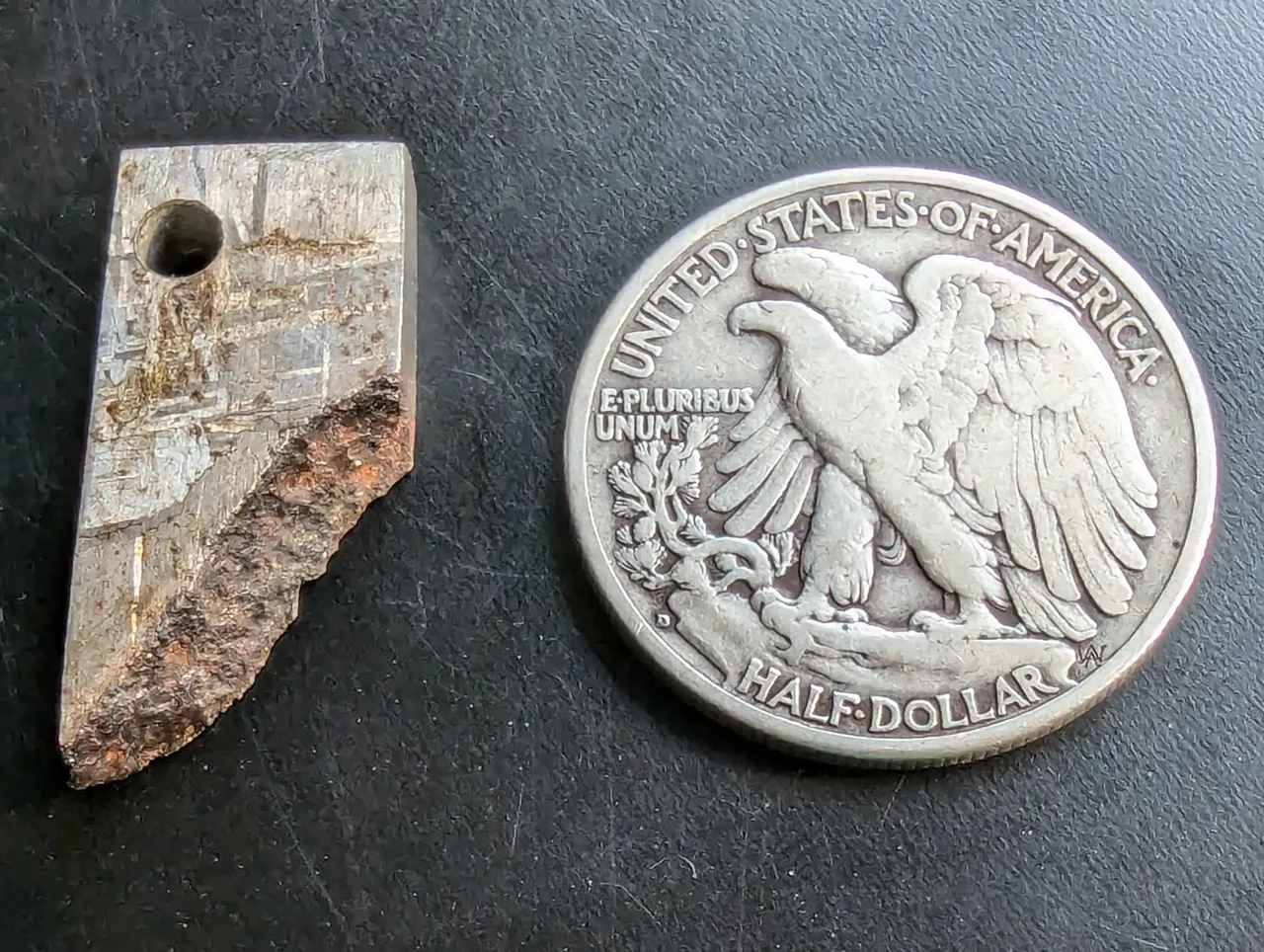
How about a close-up of the rough edge.
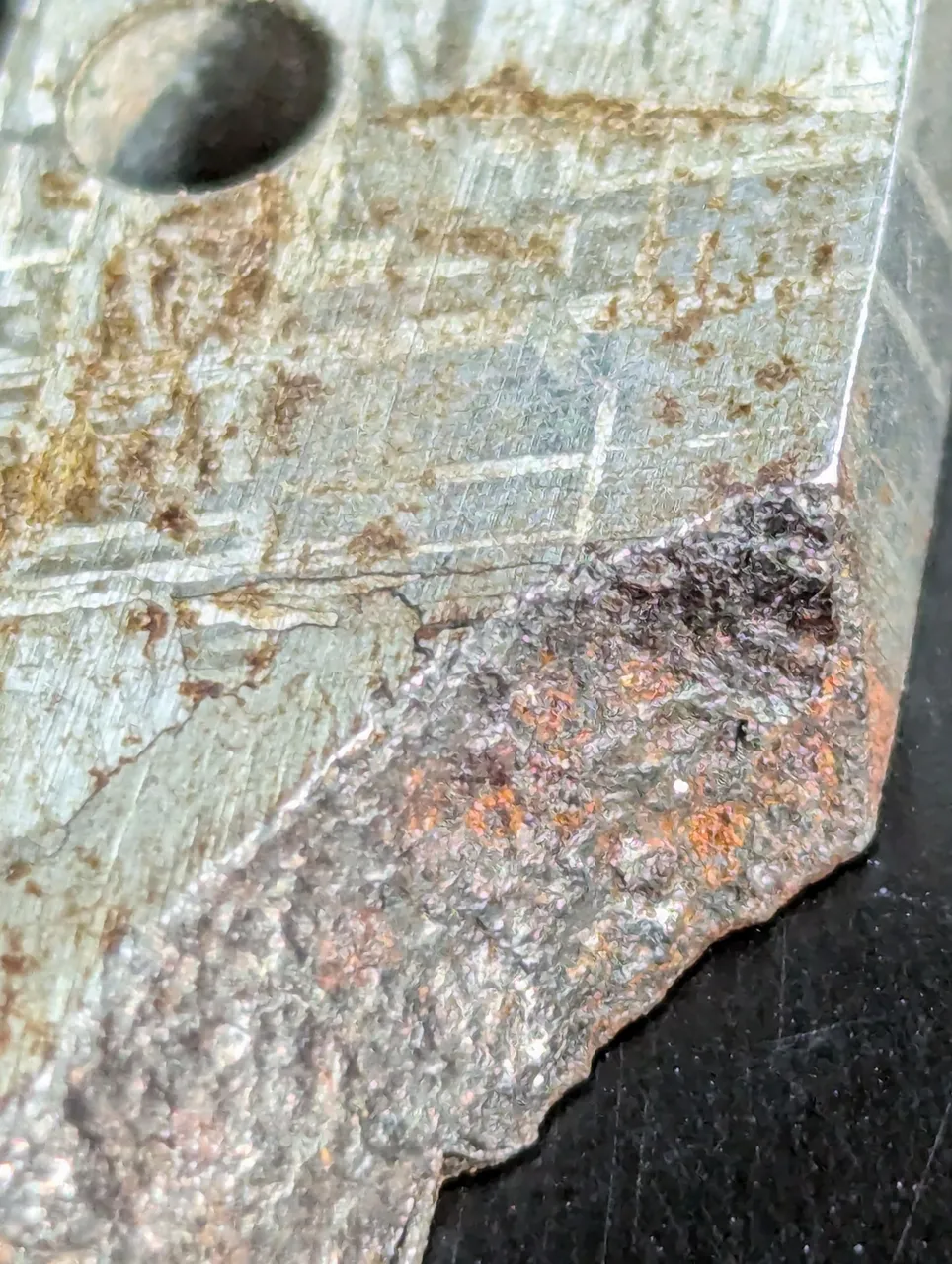 Just imagine, this thing was floating around in space for who knows how long, then 💥it breaks through the atmosphere and hits the earth.
Just imagine, this thing was floating around in space for who knows how long, then 💥it breaks through the atmosphere and hits the earth.
Let's #learn:
Meteoroids - These rocks are still in space. Meteoroids range in size from dust grains to small asteroids.
Meteors - When meteoroids enter Earth’s atmosphere at high speed and burn up, the fireballs or “shooting stars” are called meteors.
Meteorites - When a meteoroid survives a trip through the atmosphere and hits the ground, it’s called a meteorite.
Let's check in with Greg and see if he comprehends...
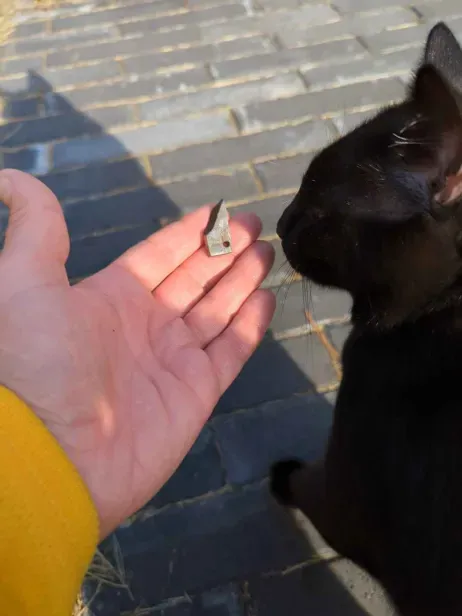
Yeah, I think he gets it! xD
Meteorites are often divided into three overall categories based on whether they are dominantly composed of rocky material, stony meteorites, metallic material, iron meteorites, or mixtures, stony–iron meteorites. Those links have some super-cool pictures of each kind 🤓
This piece is from an iron meteorite, the structure is really cool and oddly random.
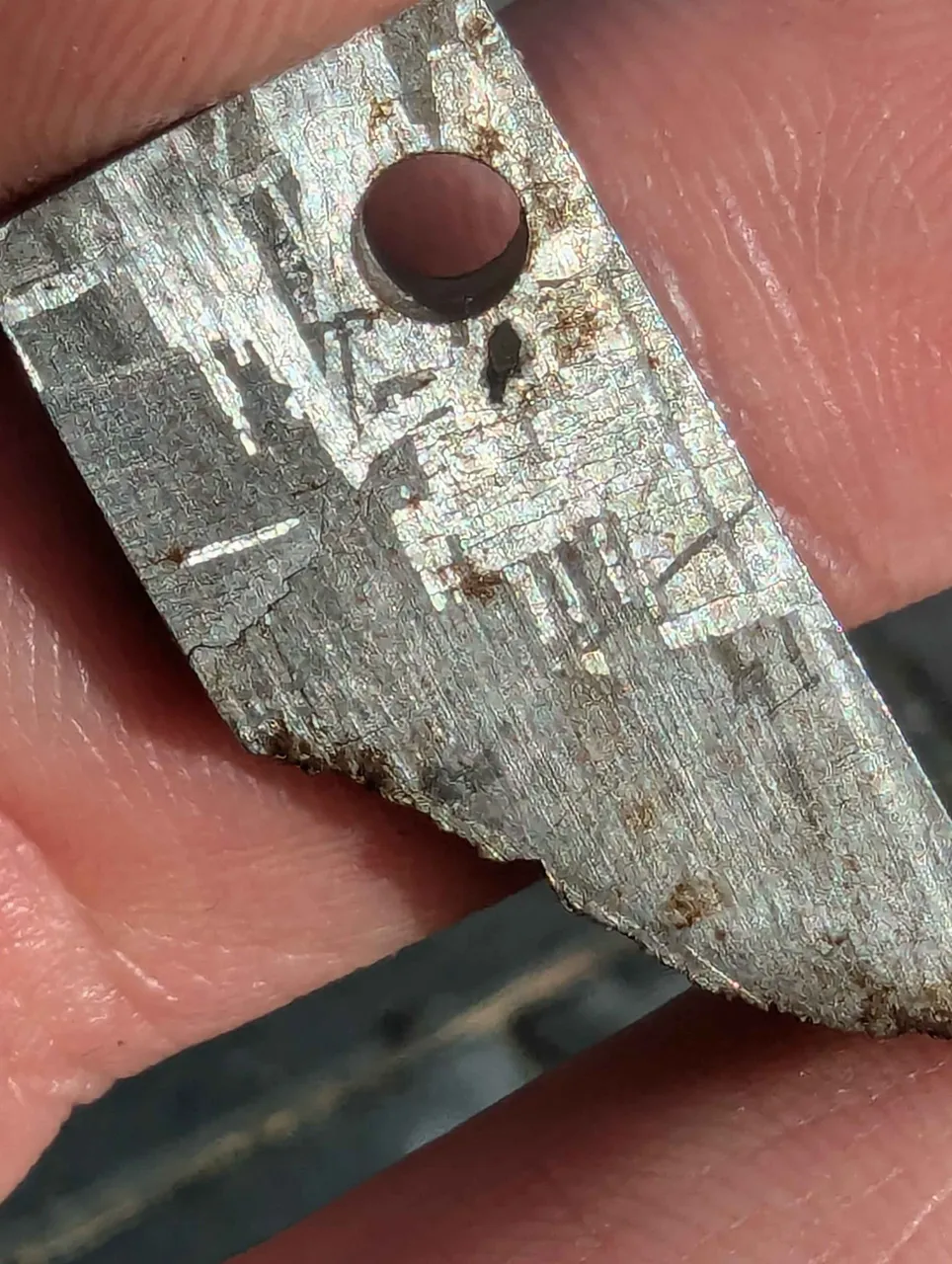
There is a little bit of rust on this, as I've had it for over 30 years.
Look at these little spots on the side, wonder if that is more rock than metal?
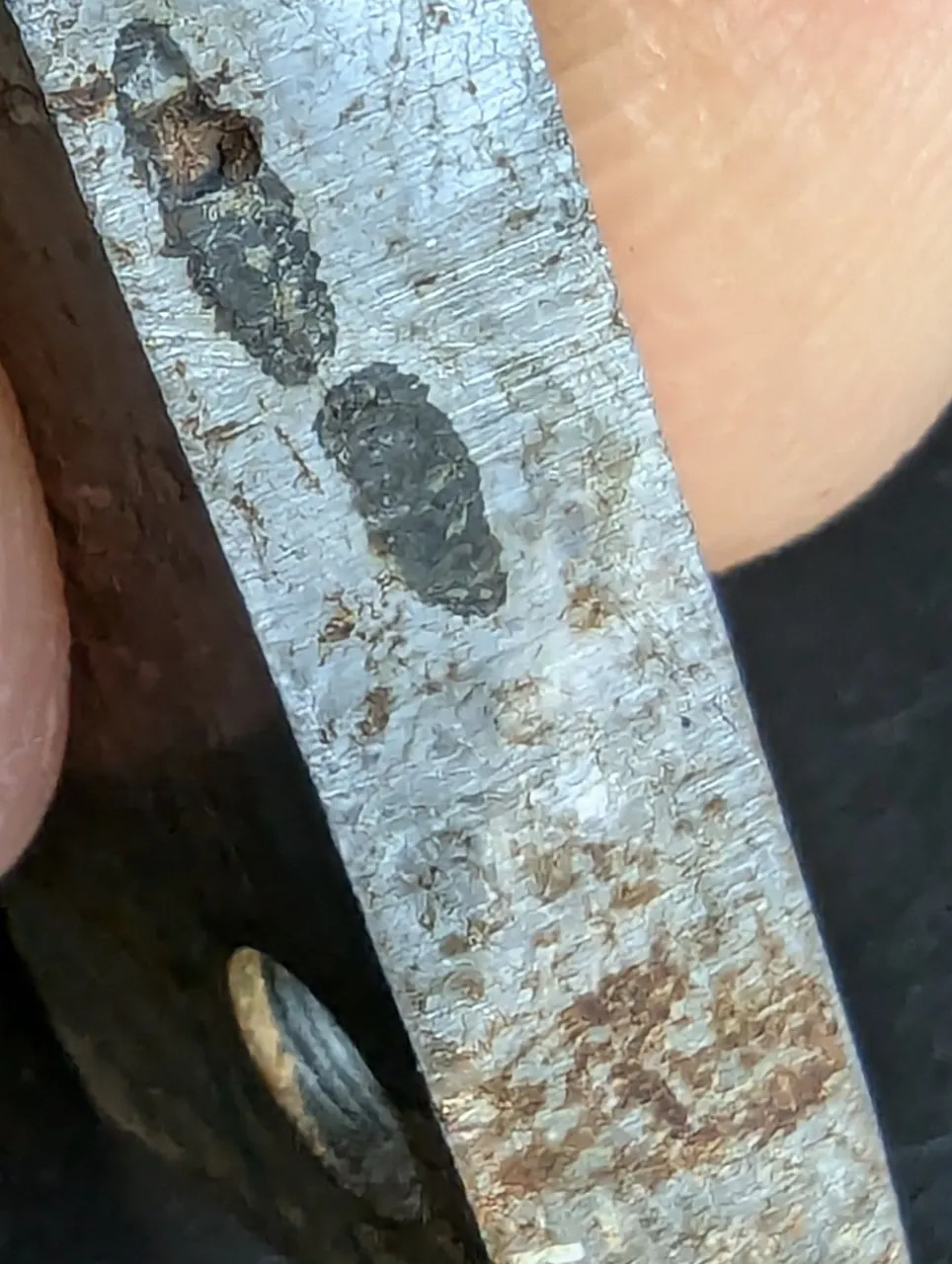
Also, imagine the speed these things reach! I wonder how fast this was traveling?
Meteoroids travel through Earth’s atmosphere at speeds between 12 and 40 kilometers per second (27,000 to 90,000 miles per hour). This speed is like driving from New York to Los Angeles in just 2 to 6 minutes.
Holy cow, that's fast! Though, I'm not sure why a meteorite would want to go to either of those places xD